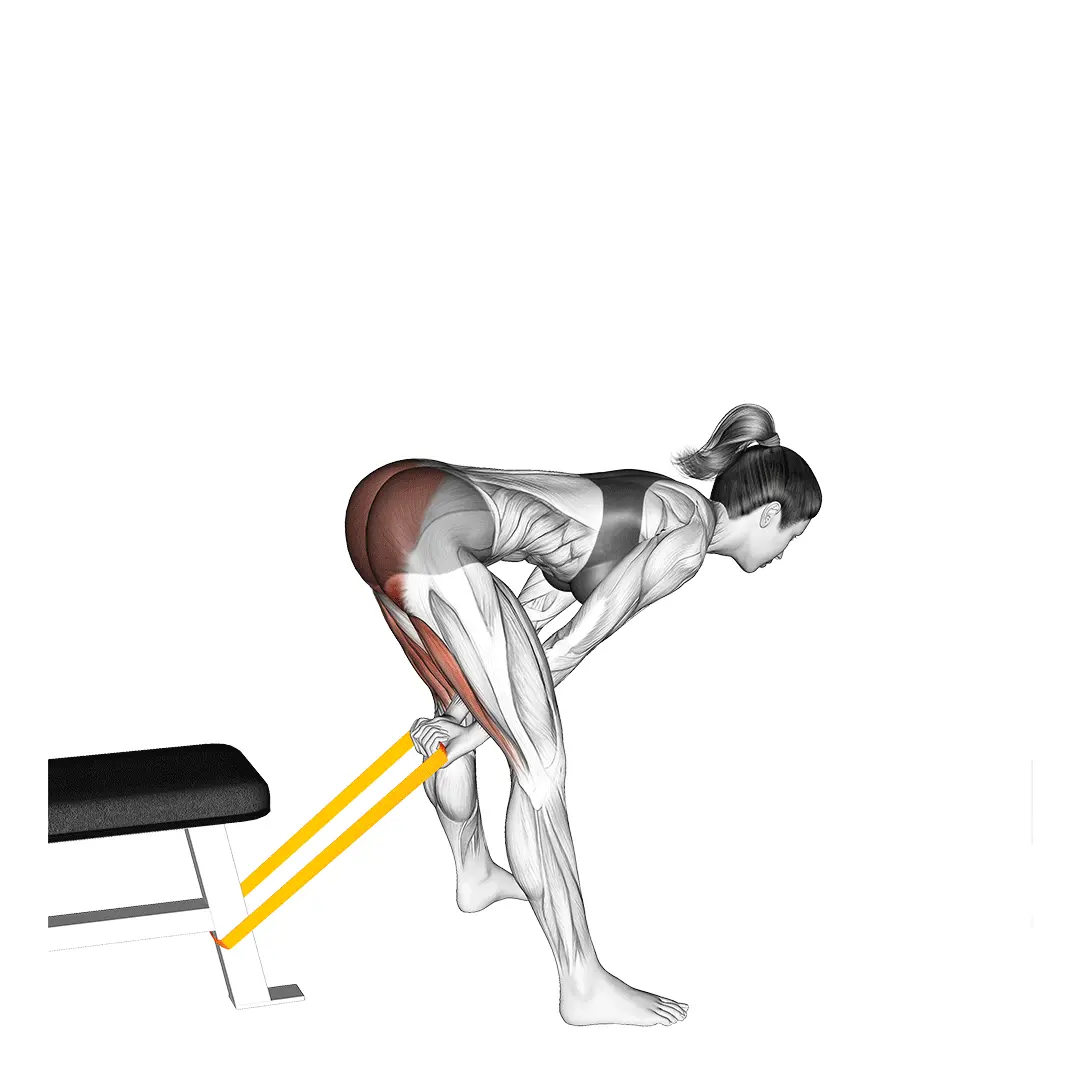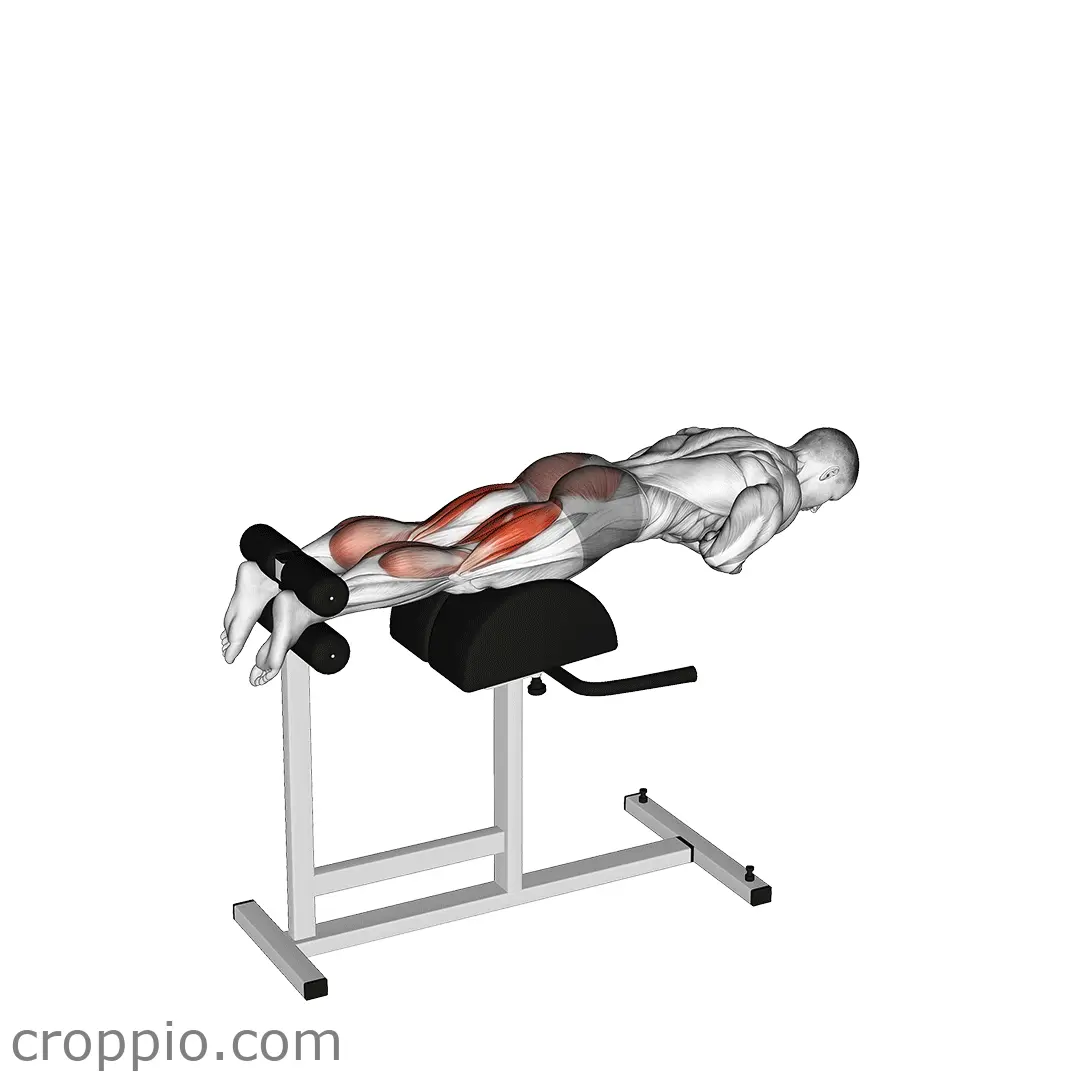Block Pull Deadlift

Muscles Involved
The block pull deadlift is an effective exercise primarily targeting the posterior chain, which includes the glutes, hamstrings, and lower back. The elevated start position allows an emphasis on these muscle groups, making it a valuable addition to any strength training regimen. While the primary muscles engaged are the glutes and hamstrings, secondary muscles involved include the quadriceps, big toe extensors, and the upper back muscles such as the trapezius and rhomboids, which help maintain posture and stability throughout the lift.
Top Mistakes
- Incorrect Setup: Placing the blocks too low or high can compromise form and reduce the effectiveness of the lift.
- Rounding the Back: Failing to keep a neutral spine can lead to injury; it is essential to maintain proper alignment.
- Overextending the Hips: Allowing the hips to rise too quickly can result in a poor movement pattern and diminish muscle engagement.
- Using Too Much Weight: Lifting more than what you can safely control often leads to improper technique and increases the risk of injury.
Execution Tips
- Proper Stance: Stand with feet shoulder-width apart. Ensure your shins are close to the barbell or weights on the blocks.
- Grip: Use an overhand or mixed grip, ensuring your hands are just outside your knees to maintain stability.
- Engage Your Core: Before lifting, brace your core to support your spine and maintain a neutral back position.
- Focused Movement: Drive through your heels and extend your hips forward in a straight line, avoiding any sideways movement.
Workouts
The block pull deadlift can be effectively incorporated into a workout routine with exercises focused on strength and conditioning. Aim for 3 to 5 sets of 5 to 8 reps, allowing for heavier loads since the range of motion is limited. Combine this exercise with complementary movements, such as Romanian deadlifts or kettlebell swings, to further target the posterior chain and enhance overall strength. Integrating accessory exercises, like bent-over rows or hyperextensions, will work synergistically to support the block pull deadlift's objectives.
Conclusion
Incorporating the block pull deadlift into your training routine offers numerous benefits, from building strength in the glutes and hamstrings to improving overall power in the deadlift itself. The heightened position not only reduces strain on the lower back but also provides a unique stimulus for muscle growth and athletic performance. Whether for competitive lifting or general fitness, mastering this exercise can enhance your training outcomes significantly.



